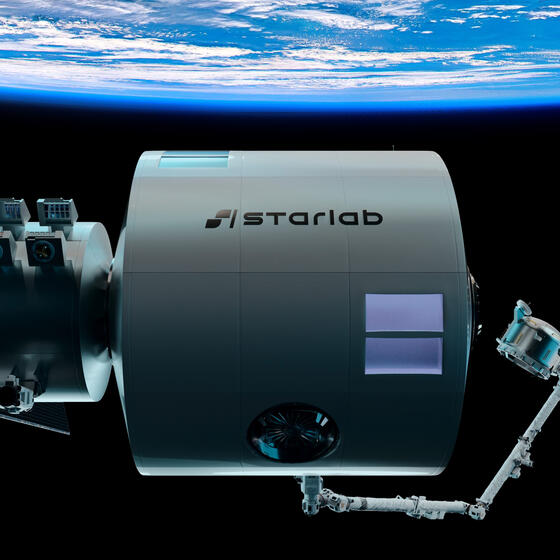Technology
How to Build a Space Station
Nanoracks, co-founded by Chris Cummins ’89, started as a niche startup that facilitated research on the International Space Station. Now it’s building a space station.

What if the future is a disaster?
The future is not only the domain of economic projections. Writers have long imagined future worlds where life is a totalitarian nightmare, or hubris has led to nuclear or environmental catastrophe. While each dystopia contains unique horrors, the stories often spring from the same well — a feeling that the way we're living now is unsustainable.
Did the mail shape globalization?
Global commerce would be impossible without the movement of information — contracts, arrangements, plans, blueprints. Before the digital revolution transformed many of these things into bits and pixels, there was a postal revolution that improved the speed of information flow around the world.
How can technological innovation help healthcare?
A recurring theme in discussions of how to improve the U.S. healthcare system is the hope that technological innovation will provoke leaps in the quality and efficiency of care. Thomas Enders is a managing director for the $1.2 billion Global Health Solutions group of CSC. He provides an insider's perspective on what technological change can accomplish.
How should you sell a public good?
The airwaves are a precious commodity. More than 200 million cell phone subscribers in the U.S. alone chat and bat text messages across the wireless spectrum. When Reed Hundt was chairman of the FCC, he implemented the first auctions of this resource, opening the way for industry development and raising revenue for the government. Hundt recently talked with Professor Barry Nalebuff, describing what he learned about auction markets and how he might use an auction to save the environment. Of course, they spoke via cell phone.